Rare Rides: This Dodge Charger From 1987 Is Also a Shelby (and Intercooled, Too)

In the long and varied history of the Dodge Charger name, the model has had many different forms — often completely unrelated to one another. For a short while in the 1980s, Chrysler Corporation added a little Shelby badge to the Charger name.
Let’s check out some glossy L-body goodness.
The Charger had been on a hiatus since the 1978 model year, when the folks in charge at Dodge determined it was time for a new sporty two-door in the lineup. While the previous version was a semi-luxury rear-drive coupe which shared a body with the very brougham Chrysler Cordoba, times had changed. America had moved from rear-drive malaise to front-drive malaise. And Chrysler was short on funds.
In came a new Horizon, sort of.
For the 1983 through 1987 model years, the Charger was based on the compact L-body platform used by the Plymouth Horizon and Dodge Omni. Accompanying the regular Charger on dealer lots was the Shelby version, a sportier alternative. When Dodge announced the Charger was dropped for 1988, the Shelby Corporation purchased the last 1,000 Shelby Charger examples and created a special model. The result is the Rare Ride you see here — the Shelby GLHS.
Not to be confused with the 1986 Shelby GLH-S (based on a modified Omni), the Charger GLHS was available only in 1987. Shelby used the same basic idea from the Omni in transforming the Charger.
Only available in black, all cars carried the same options: leather-wrapped wheel, air conditioning, sunroof, and a center console. There were KONI shocks and struts on every wheel.
The interior featured a numbered Shelby plaque and a sticker on the speedometer which extended the top indicated speed from 85 to 125 miles per hour. The needle could continue to navigate the dial and, on the second time around, 5 miles per hour would indicate 135.
The blade wheel design for the Charger GLHS was new, in that it was the exact same as on the Shelby GLH-S. But the blades faced the opposite direction.
Under the hood is the 2.2-liter turbocharged four-cylinder that powered so many Chrysler vehicles of the era. This version is known as the Turbo I, providing the front wheels with 146 raging horsepower (though the Shelby variant bumped power to 175 hp). The Shelby Charger GLHS is the fastest and rarest version of the only front-drive generation of the Charger.
This one was on offer recently via Craigslist (listing expired) for $4,500. An affordable collectible — but is it worth collecting?
[Images via seller]

Interested in lots of cars and their various historical contexts. Started writing articles for TTAC in late 2016, when my first posts were QOTDs. From there I started a few new series like Rare Rides, Buy/Drive/Burn, Abandoned History, and most recently Rare Rides Icons. Operating from a home base in Cincinnati, Ohio, a relative auto journalist dead zone. Many of my articles are prompted by something I'll see on social media that sparks my interest and causes me to research. Finding articles and information from the early days of the internet and beyond that covers the little details lost to time: trim packages, color and wheel choices, interior fabrics. Beyond those, I'm fascinated by automotive industry experiments, both failures and successes. Lately I've taken an interest in AI, and generating "what if" type images for car models long dead. Reincarnating a modern Toyota Paseo, Lincoln Mark IX, or Isuzu Trooper through a text prompt is fun. Fun to post them on Twitter too, and watch people overreact. To that end, the social media I use most is Twitter, @CoreyLewis86. I also contribute pieces for Forbes Wheels and Forbes Home.
More by Corey Lewis
Latest Car Reviews
Read moreLatest Product Reviews
Read moreRecent Comments
- Canam23 I've rented them and found them...fine. I wish Ford had continued with or came up with a new generation Fusion which was a far better sedan.
- MaintenanceCosts The ES will do well in an electric version, assuming it's more thoroughly baked than the half-finished RZ. There's plenty of the Lexus customer base who use planes whenever they travel and don't need to drive their own cars outside the metro area.
- Legacygt It was more than 20 years ago that the Bangle designed BMW sedans started looking a little bit awkward. But the lineup today is chock full of downright ugly vehicles. This is one of them.
- Jeff It does state in this article that Europeans as well as Americans have cooled on EVs. I can see push back from consumers on the 2035 deadline for EVs in Europe and in states like California. I have no problem with manufacturers offering EVs but many for at least now don't want EVs. Maybe GM instead of planning to do away with the Malibu to make more EVs, GM should have offered the Malibu as a hybrid only like Toyota is offering the Camry for 2025. It would cost GM a lot less to offer a hybrid Malibu and it would outsell any EV that plant would produce. I even think GM would increase sales of the Malibu as a hybrid only and more competitive pricing.
- Kwik_Shift_Pro4X I fell asleep looking at that image.




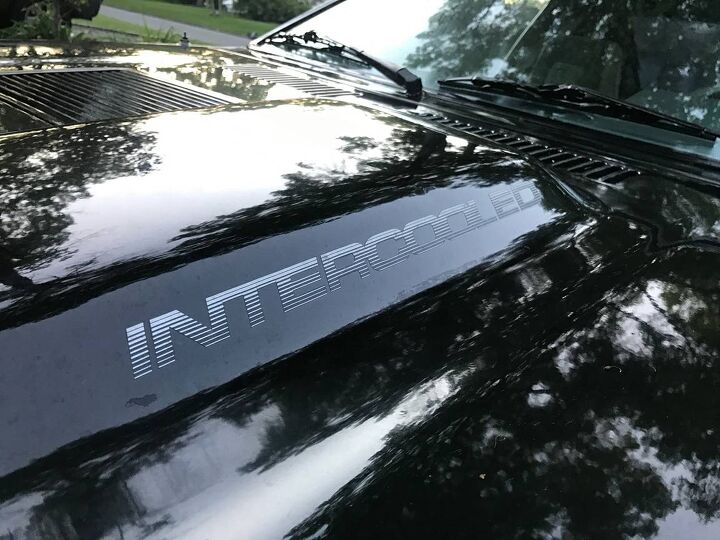




















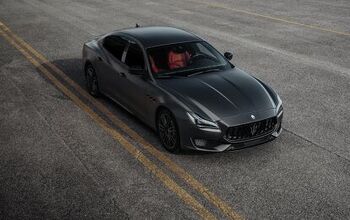


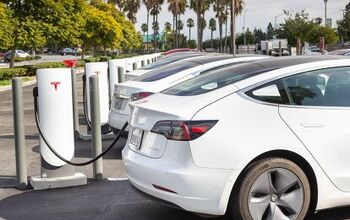
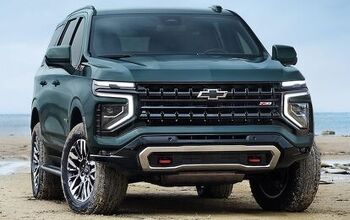
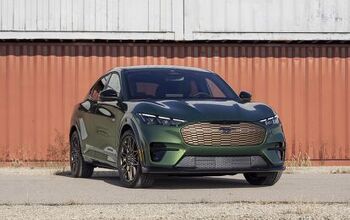


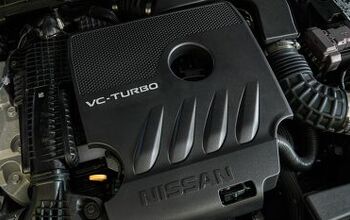

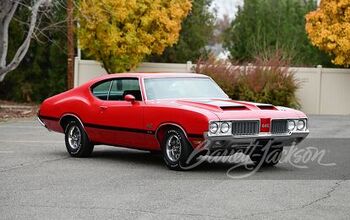

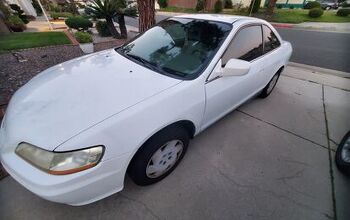
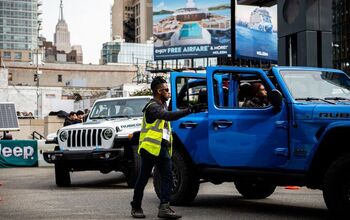
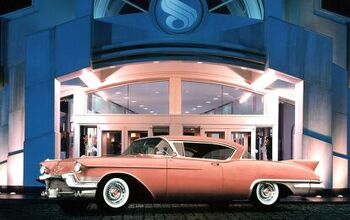
Comments
Join the conversation
Any time you beat a 5.0/5-speed LX with a FWD turbo, that was something to brag about. But there's not much difference between a 2.73 and 3.08 rear end. Both suck. Back then turbo-4 cars had lots of lag, so not much "power" off the line. But they were little monsters if you were willing to abuse the clutch. Meaning slip-it, sidestep it and power shift.
I had an '87 Shadow Turbo 5-Speed, in that Dodge maroon color. A Mopar Performance computer, K&N filter and minor exhaust mod (mostly only sound benefits) later, and it ran consistent 15.5 - 15.6 second 1/4 miles. I could beat stock-ish automatic LX 5.0 cars at the track, but even the 2.73-geared ones with 5 MT would usually pass me just before the trap. The big thing to do was pack the intake with ice between runs and avoid the bleach trap. Traction in 1st gear off the line was atrocious on street rubber (usually Eagle GTs). That little car was so much fun! Unfortunately, shortly after giving it to my sister she totaled it on a two-lane blacktop in a risky passing maneuver. At least she walked away. RIP little Shadow...